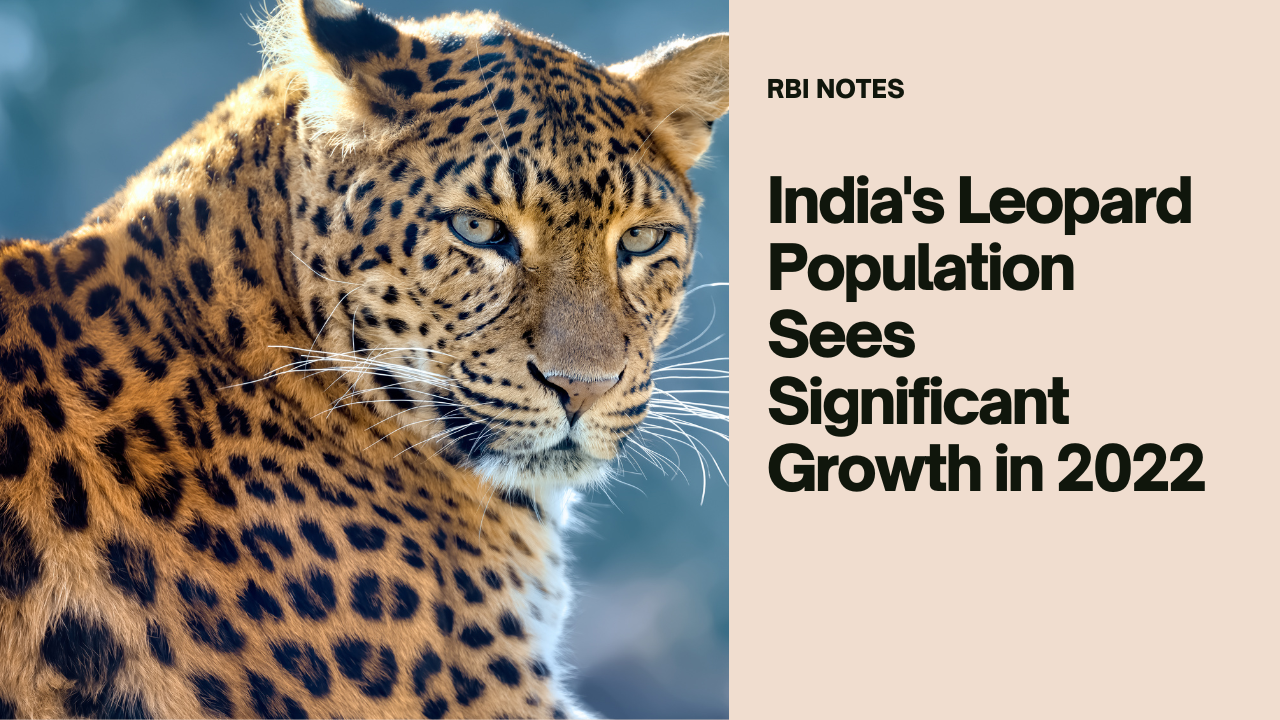According to the “Status of Leopards in India” report released by Union Minister Bhupender Yadav of the Ministry of Environment, Forest, and Climate Change (MoEF&CC), India’s leopard population has seen an increase of 8% from 12,852 in 2018 to 13,874 in 2022. The report details the findings from the fifth cycle of leopard population estimation conducted as part of the quadrennial monitoring exercise in tiger range states.
Key Findings from the Report:
- Annual Growth Rate: The leopard population in India grew at an annual rate of 1.08% between 2018 and 2022.
- Geographic Coverage: The survey covered forested habitats in 18 tiger states, representing about 70% of the country’s leopard habitat.
- Top States for Leopard Numbers:
- Madhya Pradesh leads with 3,907 leopards.
- Maharashtra and Karnataka follow with 1,985 and 1,879 leopards, respectively.
- Regional Insights:
- The Western Ghats saw an increase from 3,387 to 3,596 leopards.
- The North Eastern Hills and the Brahmaputra floodplains’ leopard population rose significantly from 141 to 349.
- A decrease was observed in the Shivalik Hills and the Gangetic Plains, from 1,253 to 1,109 leopards.
Conservation and Challenges:
- Conservation Status: The Indian leopard is listed as “Vulnerable” on the IUCN Red List and protected under Schedule I of the Wildlife (Protection) Act, 1972.
- State-Specific Trends: Arunachal Pradesh reported the highest percentage increase in leopard numbers, while Uttarakhand saw a significant decline due to issues like poaching and human-animal conflict.
Additional Context:
- Snow Leopard Population: Alongside the leopard report, Minister Yadav also released findings on snow leopards, reporting a population of 718 individuals from the first-ever Snow Leopard Population Assessment in India (SPAI) Program.
This comprehensive report underscores the ongoing efforts and challenges in leopard conservation across India, reflecting broader environmental and wildlife management initiatives by the government.


